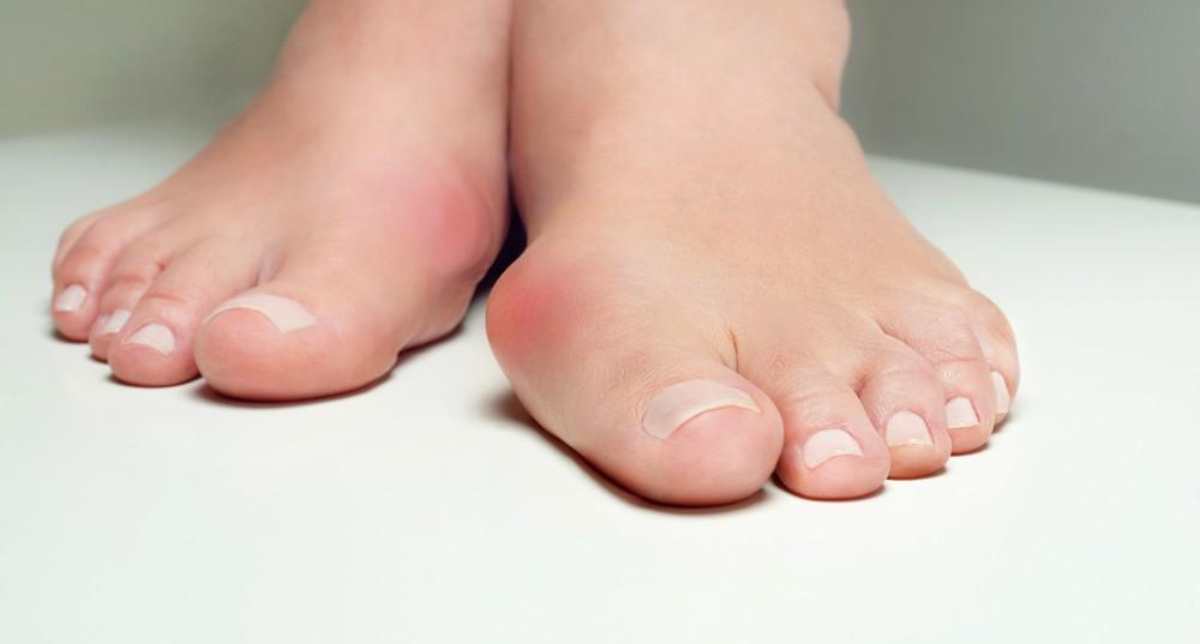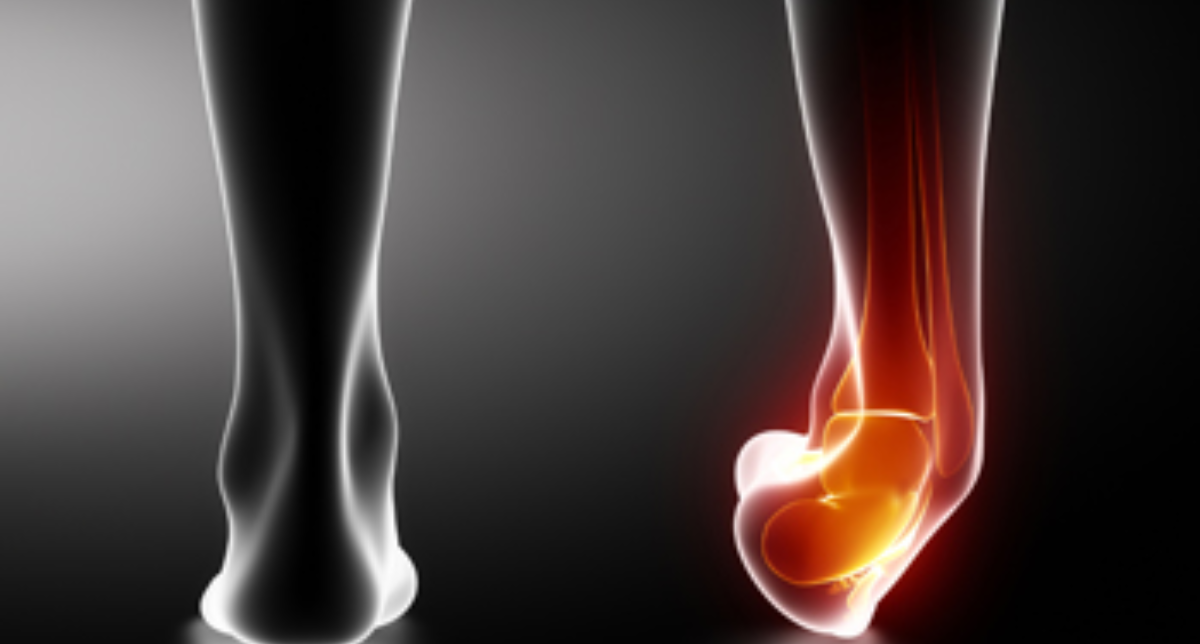

Ingrown toenails are one of the most common and painful foot problems that can affect anyone. Whether it’s caused by tight shoes, improper trimming, or even genetics, dealing with an ingrown toenail can be uncomfortable and sometimes lead to more serious complications. If you’ve ever had one, you know how difficult it can be to walk without pain.
Preventing ingrown toenails is easier than you might think, and by following a few simple steps, you can avoid the discomfort and potential infections that come with them. In this blog post, we’ll explore essential tips for preventing ingrown toenails, offering actionable advice to keep your feet healthy and pain-free.
Keep reading to discover easy ways to protect your feet, avoid ingrown toenails, and maintain good foot health with expert tips!
What Causes Ingrown Toenails and How to Prevent Them
Ingrown toenails occur when the edge of the toenail grows into the skin surrounding it, leading to pain, swelling, and potential infection. Although this condition is common, there are simple ways to prevent it. Let’s dive into the key causes and preventive measures for ingrown toenails.
Common Causes of Ingrown Toenails:
- Improper Toenail Trimming: Cutting your toenails too short or rounding the edges can cause the nails to grow into the surrounding skin.
- Tight or Ill-Fitting Shoes: Shoes that don’t fit properly or are too tight put pressure on the toes, encouraging the toenail to grow inward.
- Injury to the Toenail: A stubbed toe or any injury to the nail can lead to ingrown toenails, as the trauma may cause the nail to grow improperly.
- Genetics: Some people are genetically predisposed to developing ingrown toenails due to the shape of their toenails or feet.
How to Prevent Ingrown Toenails:
- Trim Your Toenails Properly: Always cut your toenails straight across and avoid cutting them too short. Leave a small white edge to prevent the nail from growing into the skin.
- Wear Properly Fitting Shoes: Ensure your shoes provide enough room for your toes. Shoes that are too tight, especially at the toes, can cause pressure on the nails and increase the risk of ingrown toenails.
- Practice Foot Hygiene: Regularly wash and dry your feet to keep your toenails and the surrounding skin clean and healthy. Moisture and dirt can contribute to infections.
- Protect Your Feet from Injury: Avoid trauma to the toes by wearing shoes that provide adequate protection, especially during physical activities.
By following these simple steps, you can significantly reduce the risk of developing ingrown toenails.
How to Recognize and Treat an Ingrown Toenail Early
Even with the best prevention efforts, ingrown toenails can still happen. It’s important to recognize the symptoms early on to prevent them from getting worse. Early treatment can help reduce pain and avoid infection.
Signs of an Ingrown Toenail:
- Pain and Tenderness: A feeling of discomfort or pain, especially when pressure is applied to the affected toe.
- Redness and Swelling: The area around the toenail may become swollen and red.
- Pus or Drainage: Infected ingrown toenails can produce pus, which is a sign that bacteria have entered the wound.
How to Treat an Ingrown Toenail at Home:
- Soak Your Foot: Soak your foot in warm water with Epsom salt for about 15-20 minutes to reduce swelling and soften the skin around the nail.
- Gently Lift the Nail: After soaking, you can gently lift the edge of the ingrown toenail using a clean cotton ball or sterile bandage. This may relieve pressure on the surrounding skin.
- Use Antiseptic: After treating the toenail, apply an antiseptic ointment to prevent infection and protect the affected area.
- Wear Loose-Fitting Shoes: Opt for shoes with more space for your toes, such as sandals or open-toed shoes, until the discomfort subsides.
When to Seek Professional Help:
If your ingrown toenail doesn’t improve after a few days of home treatment or if the pain and swelling worsen, it’s time to seek medical attention. In more severe cases, a podiatrist may need to remove part of the toenail or treat an infection with antibiotics.
Long-Term Foot Care: How to Maintain Healthy Feet
Preventing ingrown toenails isn’t just about avoiding immediate pain. Long-term foot care is essential for maintaining healthy feet and preventing future problems. By adopting a few healthy habits, you can ensure your feet stay in great shape.
- Regular Foot Inspections:
Make it a habit to regularly check your feet, especially your toenails, for signs of problems. Look for any redness, swelling, or unusual growth patterns that could indicate an ingrown toenail. - Maintain a Healthy Diet:
Good nutrition supports overall foot health. Ensure you’re eating a balanced diet rich in vitamins and minerals that promote healthy skin and nail growth, such as vitamin E, zinc, and biotin. - Exercise Your Feet:
Foot exercises, like toe stretches and massages, can keep your feet strong and flexible. Regular movement can also improve circulation, which is vital for nail and skin health. - Choose Comfortable Footwear:
Invest in shoes that fit well and provide adequate support. Avoid high heels or shoes that pinch your toes. Comfort should always come before fashion when it comes to foot health. - Keep Your Feet Dry:
Moisture buildup can lead to fungal infections or other foot problems. Make sure your feet are completely dry before putting on socks or shoes, and change socks frequently if they become damp.
Additional Resources:
Conclusion
Preventing ingrown toenails is all about proper foot care, regular inspection, and choosing the right footwear. By following these simple tips and taking the necessary precautions, you can keep your feet healthy and free from the pain and discomfort of ingrown toenails.
If you’re already dealing with an ingrown toenail or need advice on maintaining foot health, don’t hesitate to contact us at Epic Foot and Ankle. We’re here to help you keep your feet in the best shape possible.




